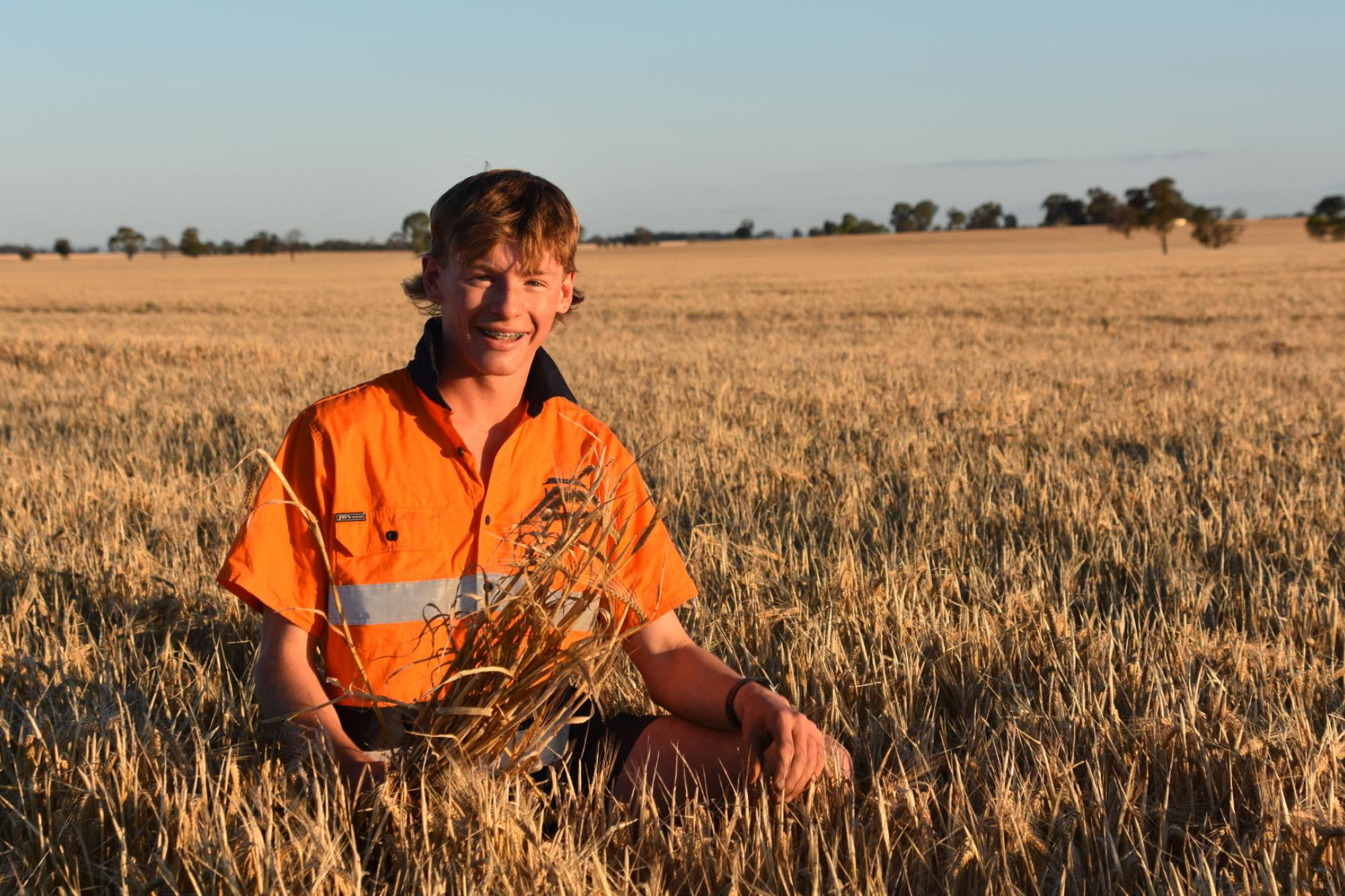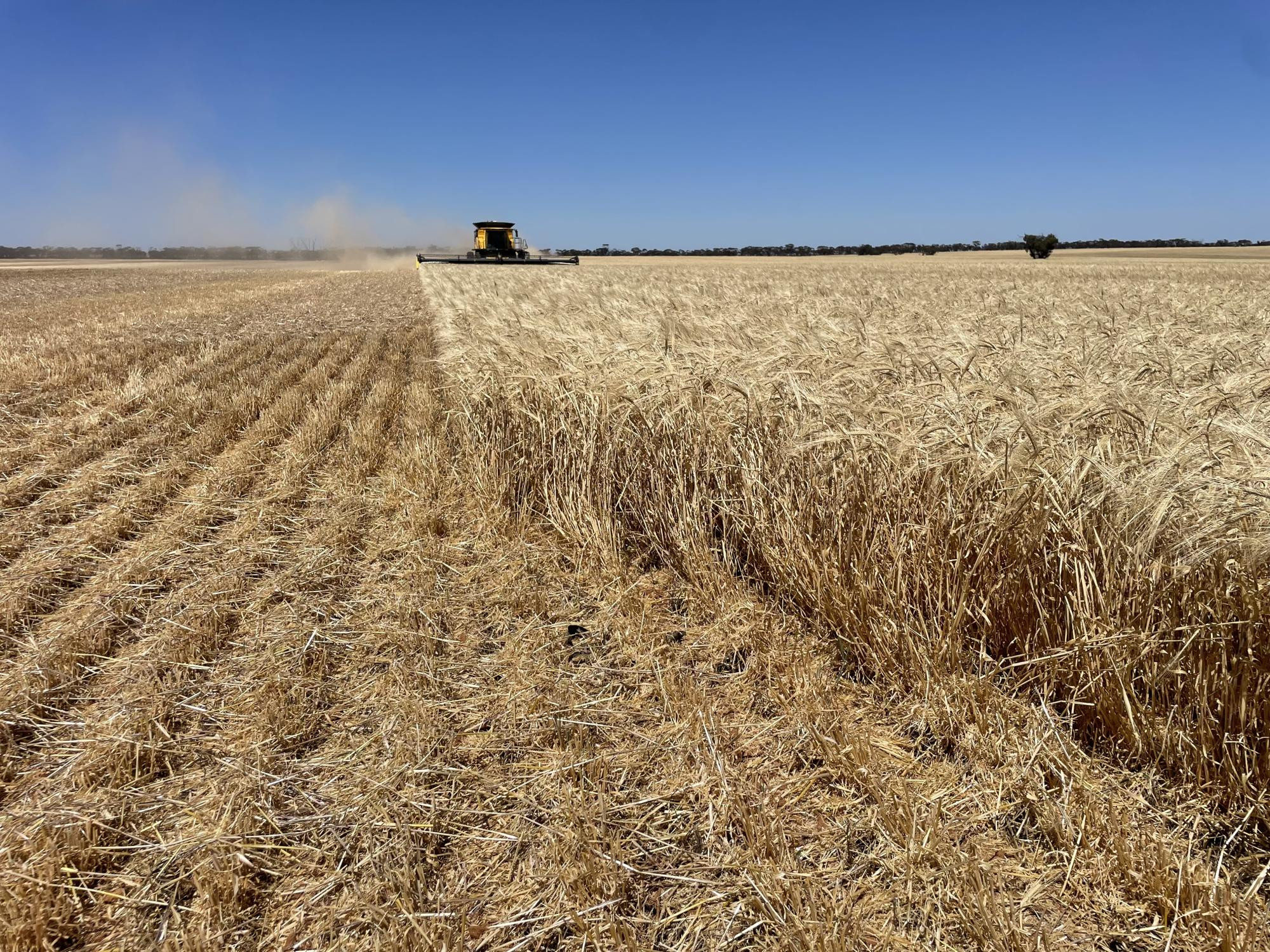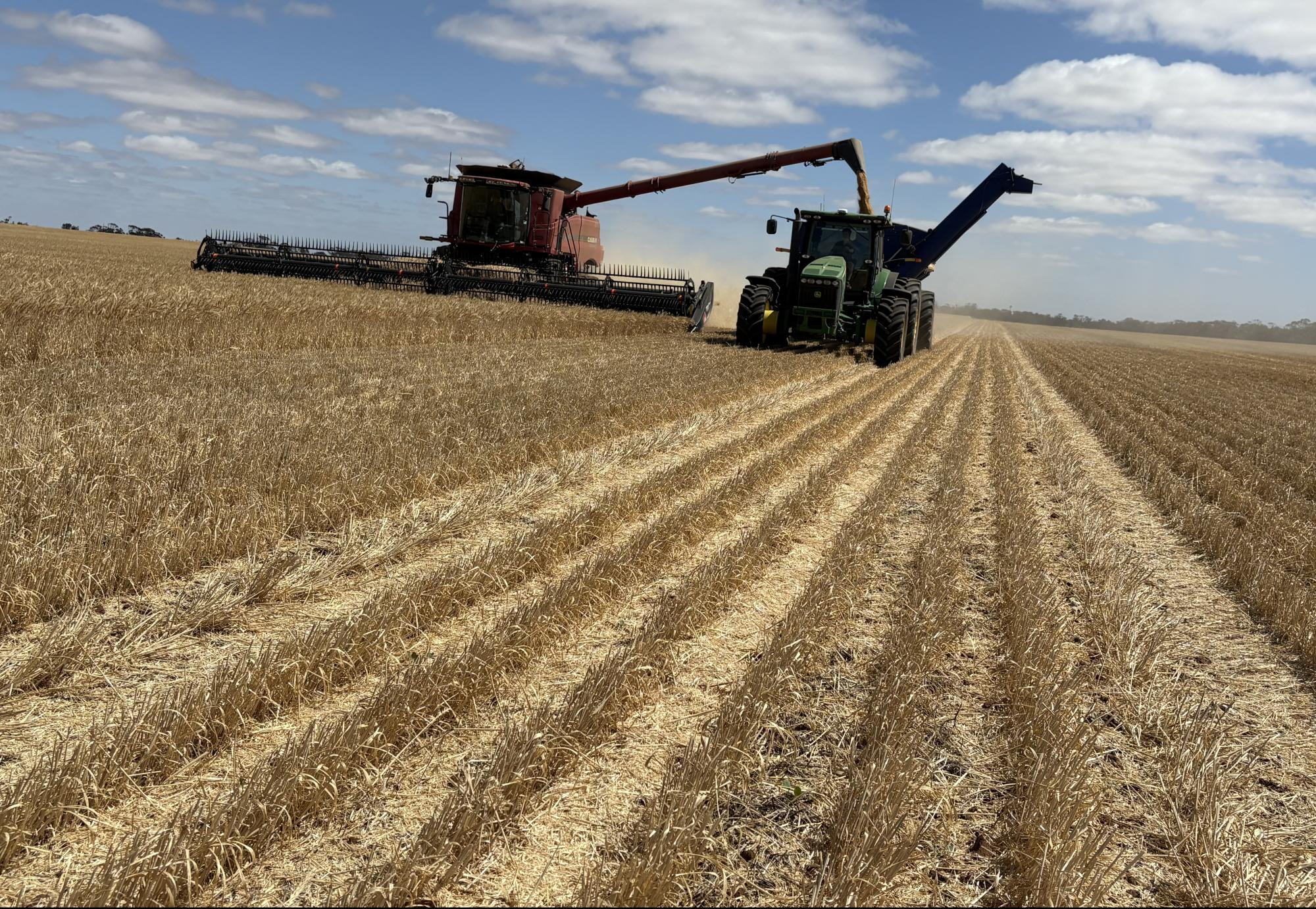Cropping & Soil
13 December, 2024
Southern croppers to get sustained run of fine weather to complete harvest
Harvest has geared up again after significant weather delays.

After a frustrating bout of wet harvest weather croppers with grain still to harvest are finally set to get the sustained run of fine conditions that will allow them to complete the 2024-25 harvest.
The focus of the winter crop harvest is now on southern NSW, Victoria and southern parts of SA and WA, with northern regions drawing to a close.
Modelling from the Bureau of Meteorology shows the Esperance region in Western Australia is the only zone with significant area of unharvested grain likely to receive more than 10mm in the next eight days.
The rainfall is likely to mean downgrades in southern regions, especially through Central West NSW and the South West Slopes where over 200mm has fallen, while parts of Victoria's cropping belt have received up to 140mm in a frustrating end to a season.
For some areas, the falls through late November and early December have exceeded the growing season rainfall (GSR).
Through Victoria downgrading flash points are likely to include parts of Wimmera, where there have been heavy falls and central Victoria, although the falls have been typified by being extremely patchy, with tallies varying dramatically even within the same farm due to heavy storm cells.

In the Mallee, Dodgshun Medlin agronomist Matt Witney, Swan Hill, said the Millewa in the far north-west of the state had very heavy rain of up to 140mm, with the south-eastern Mallee around Kerang and Boort also receiving big totals in excess of 100mm.
However, Mr Witney said the saving grace was that around two thirds of the crop had been harvested prior to the rain, including higher values crops such as lentils.
"There is still quite a bit of wheat to come off and obviously there will be quality concerns with that, but a lot has come off earlier, which was good," Mr Witney said.
He said there had been some pleasant surprises for growers in the results.
"There have been patches where things have been disappointing, often relating to frost, but in general people have probably been pleasantly surprised with what they are harvesting.
"Lentils and barley have been the two strongest performers compared to expectations, wheat has been a tick above what we'd hoped and canola is probably the one that was a little disappointing, but that is only as a generalisation, so much varied according to paddock history."
"Anywhere there was a bit of summer moisture and some residual nutrition did well, whereas we did observe crops on canola stubbles, which used a large part of the moisture and nutrition last year, struggled a bit."
"However, given we've had a decile 1 GSR year in a low rainfall zone cropping region, we're very pleased to have got what we have for the year, having farmers breaking even or just a little in the black in a season like this is a fantastic story for our farming practices."
Further south, it has been a different story.
Farmers through the Wimmera, particularly in areas where there was heavy summer rain last harvest, have reported strong canola yields.
Yields have been markedly better than expected, with reports in excess of 3 tonne a hectare in places, equivalent to those seen in much wetter seasons.
Rosco Hair, who is working at Lake Banks, Tooan East, west of Natimuk, said he was hoping for a good run of weather.
"We've had showers and some humid days so there have been a few delays, hopefully we can get a good run at it now," Mr Hair said.

On the eastern side of the state Nutrien Elmore agronomist Greg Toomey said growers had enjoyed a solid, slightly above average season.
"Things were probably a little better season-wise than in the west, there was good stored moisture from heavy summer rain, then while the growing season was fairly dry we managed to get rain at timely moments," Mr Toomey said.
He said canola, barley and faba beans had been excellent and lentils solid.
Wheat is still coming in, with farmers looking to see whether there is varietal difference in terms of quality.
"The Sceptre (variety) that has come in is still milling quality, which is good news, we'll see what happens with other lines once they start coming in."
Mr Toomey said summer weed control had proved critical.
"It really has boosted yields significantly where weeds have been controlled quickly."
Mr Witney said farmers' next big decision would come around assessing seed quality for next year's planting.
"Wheat in particular had a lot of rain on it, so we're really advising people to make sure of retained seed they're planning to use for planting."
"Do two germination tests, one now and one in late March and make sure the test is done to replicate real growing conditions, with colder temperatures and at depth, not just the cotton wool in the window sill."
"Tests done at the sample stand, such as falling numbers, aren't necessarily a good indication of grain's viability."